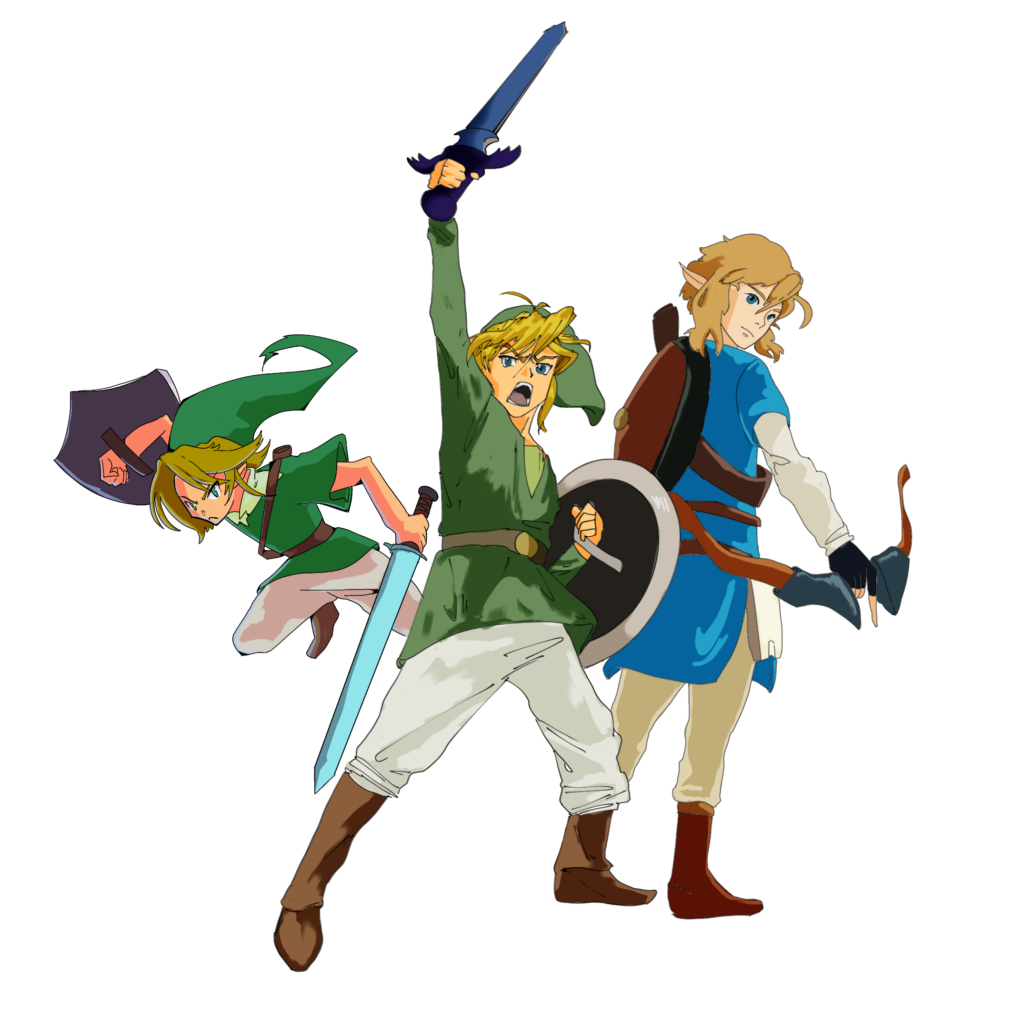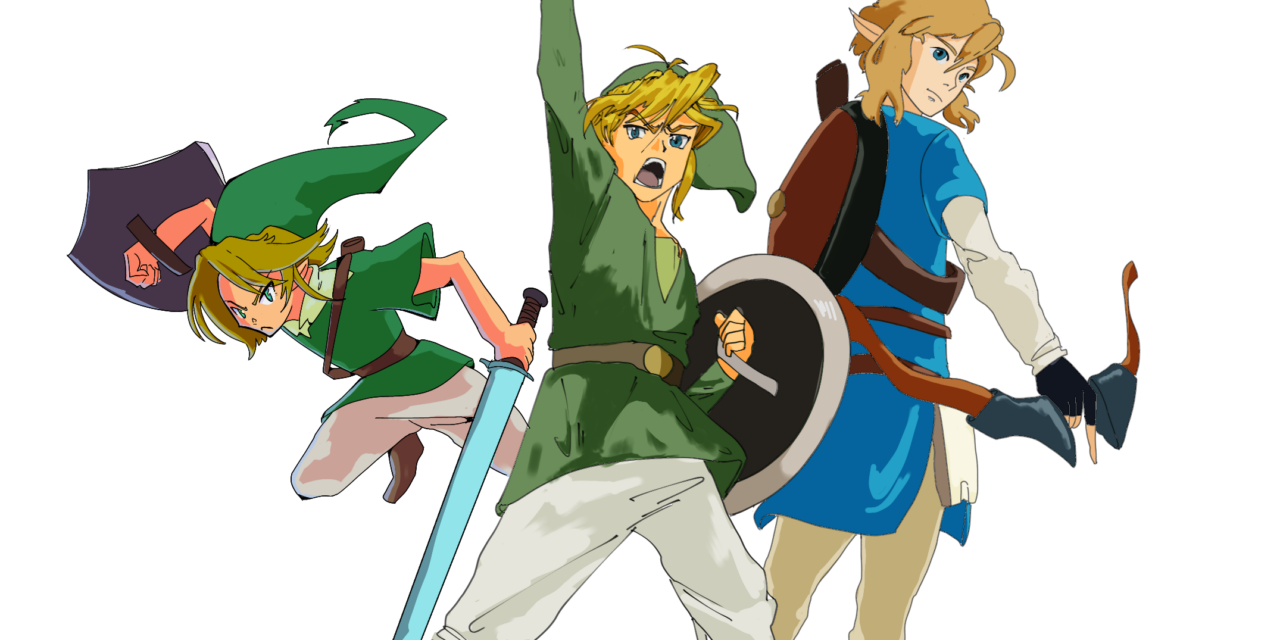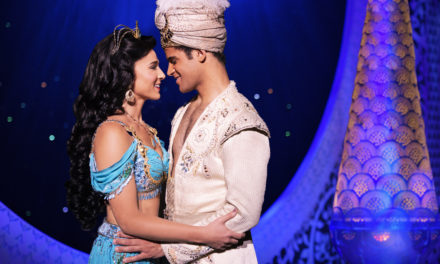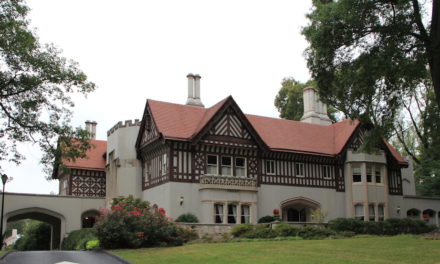
(Ha-tien Nguyen/Podcast Editor)
The massive success of “The Super Mario Bros. Movie” sparked rumors that game company Nintendo and animation studio Illumination were considering other projects, namely a film adaptation of “The Legend of Zelda” franchise. Illumination has shut down these rumors. Considering the critical acclaim of the newest Zelda game “The Legend of Zelda: Tears of the Kingdom” and the overall popularity of the franchise, another collaboration with Illumination is not out of the question.
“The Legend of Zelda” is one of Nintendo’s most beloved franchises. Older fans may feel nostalgic for the games from the ’80s and ’90s, while newer fans have found an easy entry point into the series with “The Legend of Zelda: Breath of the Wild” (2017). A potential film adaptation could appeal to a broad player demographic, without necessarily having to alienate any fans.
However, Illumination is not the right studio to make a high-quality “The Legend of Zelda” film that honors the franchise. The studio’s filmography consists entirely of comedies, from their debut film “Despicable Me” (2010) to the hit “Sing” (2016) to the “The Super Mario Bros. Movie.”
While “The Legend of Zelda” games are intended for children and have lighthearted moments, they have always portrayed serious themes, as seen in the world-ending apocalypse of “The Legend of Zelda: Majora’s Mask” (2000), the entirety of “The Legend of Zelda: Twilight Princess” (2006) and the intergenerational blood feud curse of “The Legend of Zelda: Skyward Sword” (2011). Moreover, Illumination’s films do not center plot, which worked for the “Mario” adaptation, but does not fit “The Legend of Zelda.”
Though gameplay comes before storytelling, “The Legend of Zelda” nonetheless has stronger plots, character arcs and themes than any of the “Mario” games. “Mario” platformers follow straightforward plots: A character (usually Princess Peach) is in peril, and Mario embarks on a journey to save that character. Mario doesn’t undergo a character arc, and the game contains very few story beats. While some games in “The Legend of Zelda” follow a similar formula (Zelda in trouble, Link to the rescue), nuances in setting, the age of protagonist Link and plot set the games apart.
“The Legend of Zelda” deserves an animation studio that will do it justice with stunning visuals and nuanced writing. Three studios fit the bill: TRIGGER, BONES and Studio Ghibli.
TRIGGER creates eccentric, hysterical and aesthetically compelling shows. Though most of their works skew into science-fiction, as seen in the studio’s high volume of mecha content, “Little Witch Academia” (2017) marks a charming, successful foray into fantasy. The medieval-European-inspired aesthetics of “The Legend of Zelda” could potentially fit right into their filmography.
The studio’s greatest strength is its energetic fight choreography. Battles have a rhythm, push and pull to them. Characters collide with satisfying momentum, and their weapons hold a tangible weight — Ryūko Matoi from “Kill la Kill” (2013) swinging her giant half-scissor blade comes to mind. “The Legend of Zelda” is gameplay-oriented, and much of that gameplay is combat. While not all combat systems are equally intuitive and well-crafted, they are nonetheless a foundational part of the franchise and should be adapted to allow viewers to have as much fun watching as gaming.
TRIGGER’s writing could be a good fit for aspects of “The Legend of Zelda” franchise as well. For example, the studio’s shows are hilarious, utilizing slapstick, situational and dialogue-oriented comedy, while “The Legend of Zelda” is also known for its quirky, off-beat comedy. Moreover, TRIGGER is best equipped to tackle the franchise’s history of Queer themes, such as Princess Zelda cross-dressing as Sheik and Link’s recent androgynous designs. The studio sports visibly Queer characters of their own — though not writing all with equal care — seen in Lio Fotia from “Promare” (2019) and Alpha (9’α) from “Darling in the Franxx” (2018).
BONES would also do justice to the series’ storytelling. Though “The Legend of Zelda” has had its storytelling flops, the franchise nonetheless sports moments of strong worldbuilding, plot and character writing. The cutscenes of “The Legend of Zelda: Breath of the Wild” (2017) focus on Princess Zelda’s character, her relationships with Link and Urbosa and her struggle to hone powers granted to her by the goddess Hylia. “The Legend of Zelda: Majora’s Mask” explores characters’ reactions to a dawning apocalypse over the course of three days, repeated in a time loop. In “The Legend of Zelda: Link’s Awakening” (1993), Link goes on a mind-bending odyssey through a dream while suspended underwater: If he wakes up, the dream-people he conjured will be destroyed, and if he does not he will drown. BONES has a history of both plot-driven and character-driven shows, from the complex world and character drama of “Fullmetal Alchemist: Brotherhood” (2009) to the loveable and quirky cast of “Mob Psycho 100” (2016).
Additionally, BONES’ extensive filmography lends itself to the application of a wide variety of aesthetics. They could adapt or incorporate art styles from any of the games, from the grim earth tones of “The Legend of Zelda: Twilight Princess” to the bright colors of “The Legend of Zelda: The Wind Waker” (2002), to the plastic, toylike aesthetic of “The Legend of Zelda: Link’s Awakening” (2019) remake.
Though Studio Ghibli may be done making movies for good, they would best capture the spirit of “The Legend of Zelda: Breath of the Wild.” Studio Ghibli’s films are slow and aimless, with characters and the world emphasized over plot. For example, “Howl’s Moving Castle” (2004) follows Sophie Hatter’s journey through a magical world as she befriends the eccentric cast of characters. The castle itself, the countryside and Sophie’s journey are central to the film — not the overarching story about Howl being drafted to fight in the war.
This resonates with the gameplay of “The Legend of Zelda: Breath of the Wild” — exploring the open world, climbing mountains, talking to strangers or just running around and doing nothing. The divine beast and memory plot objectives are optional and can be completed in any order. The game wants you to meander.
Furthermore, the game’s aesthetic would translate beautifully into Studio Ghibli’s art style, known for its sprawling landscapes and fantastical elements. The company could render the various biomes of the game, such as the tropics of Faron to the desert of Gerudo to the grassy plateaus of Central Hyrule, in exquisite details, breathing unique life into every location.
I love the idea that a Studio Ghibli film could capture the small, quiet moments of playing “The Legend of Zelda: Breath of the Wild:” Riding around on my horse for fun, hunting bugs or lizards for a side quest or shield-surfing down snowy mountains. One especially stands out: Cooking. I love standing in front of a pot, throwing in random ingredients while Link hums a song and seeing what turns out — Studio Ghibli has notoriously mouth-watering cooking sequences.
TRIGGER, BONES and Studio Ghibli have vastly different filmographies, aesthetics and creative focuses. However, I think they could each create a “The Legend of Zelda” movie that highlights different aspects of the franchise. TRIGGER could make a fast-paced, comedic take with jaw-dropping fight sequences and unserious drama. BONES could make an action-heavy, yet more grounded character drama with a strong story. Studio Ghibli could make a slower-paced film that emphasized character, worldbuilding and aesthetics.
Many, including myself, love “The Legend of Zelda” franchise. I want to see my favorite characters from my favorite games done justice on the big screen — TRIGGER, BONES and Studio Ghibli are all perfect for the job in their own ways.
Alexandra Kauffman (26C) is an English & Creative Writing major from Phoenix, Arizona. At the Wheel, she is an Emory Life section editor and Arts & Entertainment campus desk. Outside of the wheel, she is a member of Alloy Literary Magazine. She is also a science fiction enthusiast and enjoyer of the bizarre.







